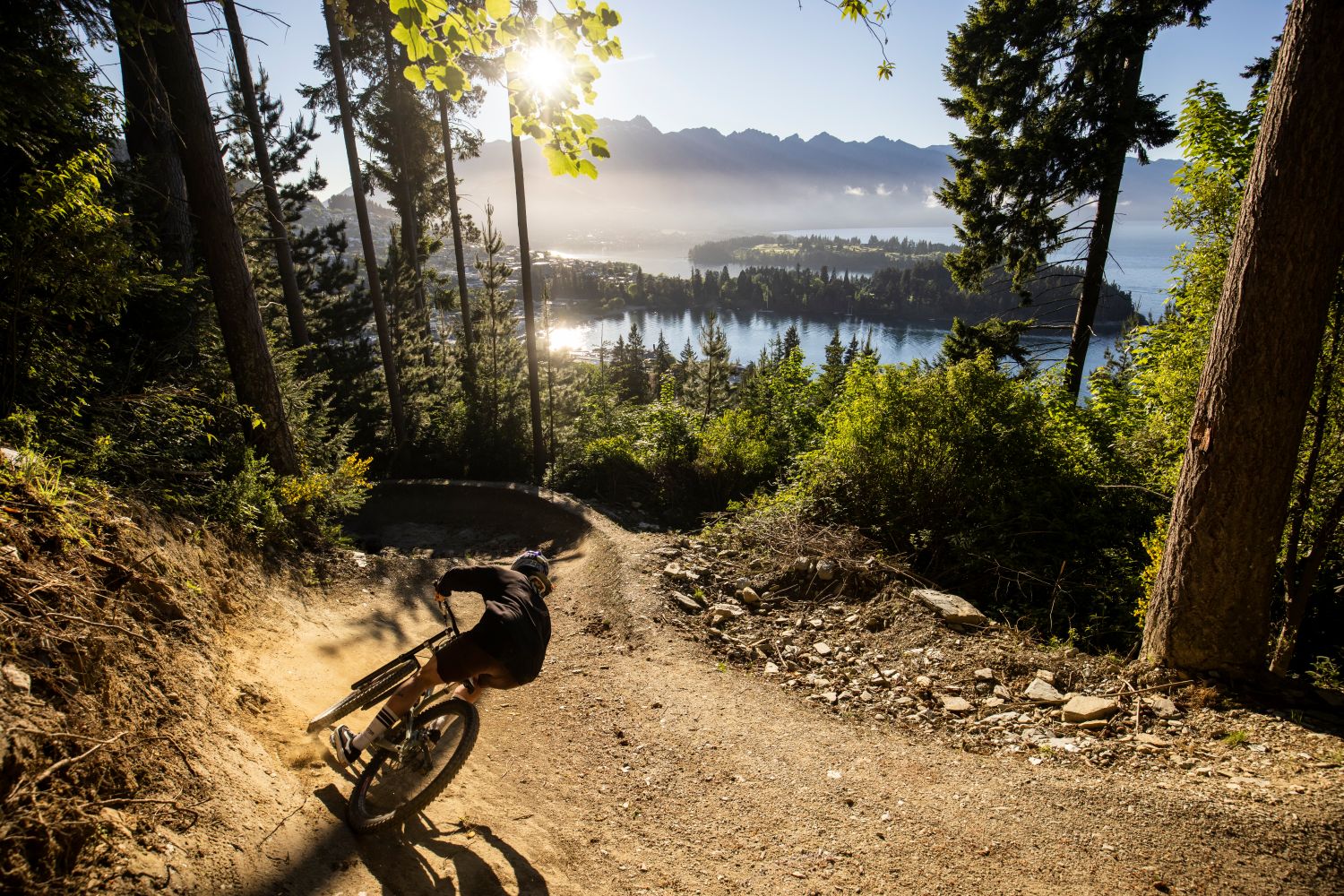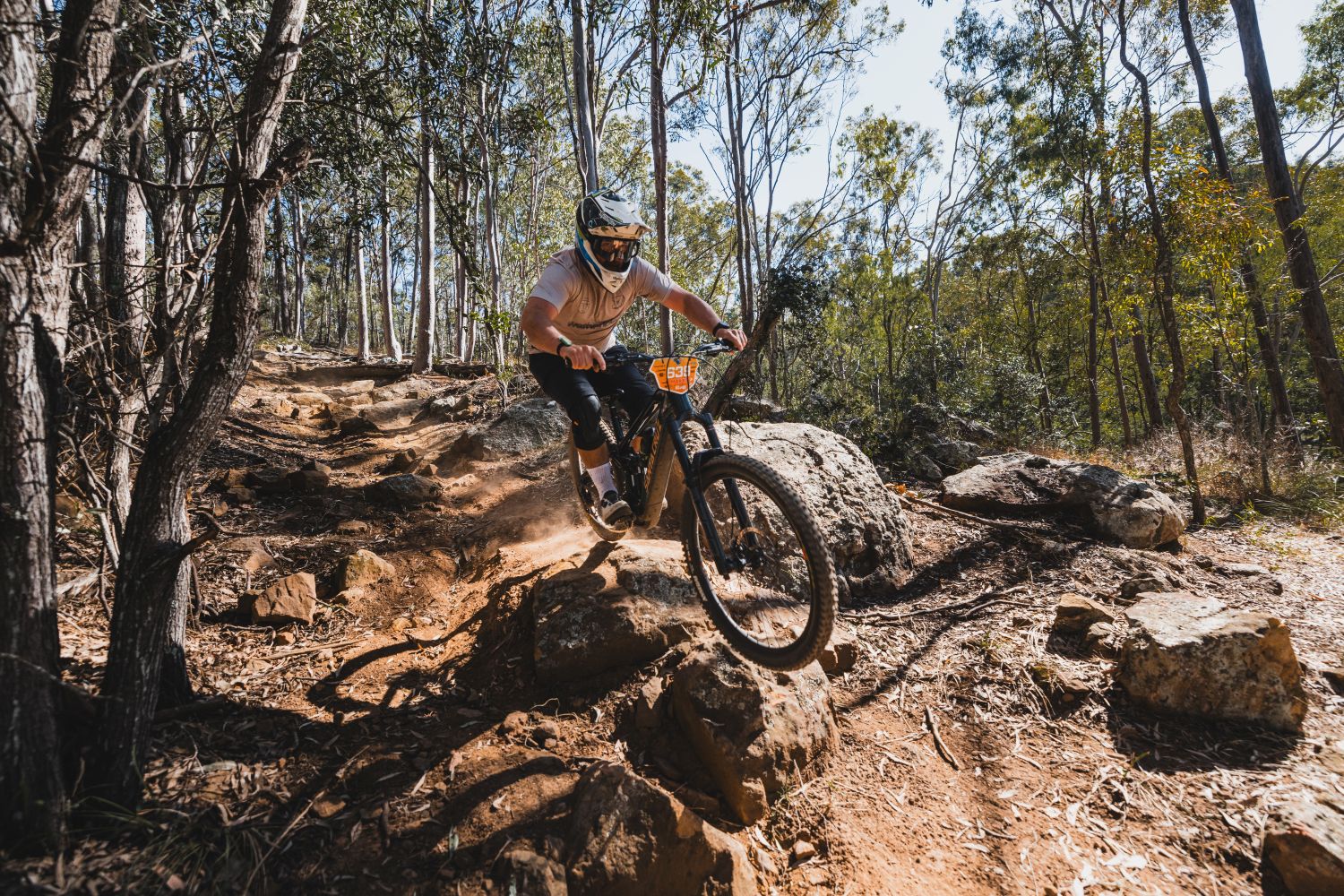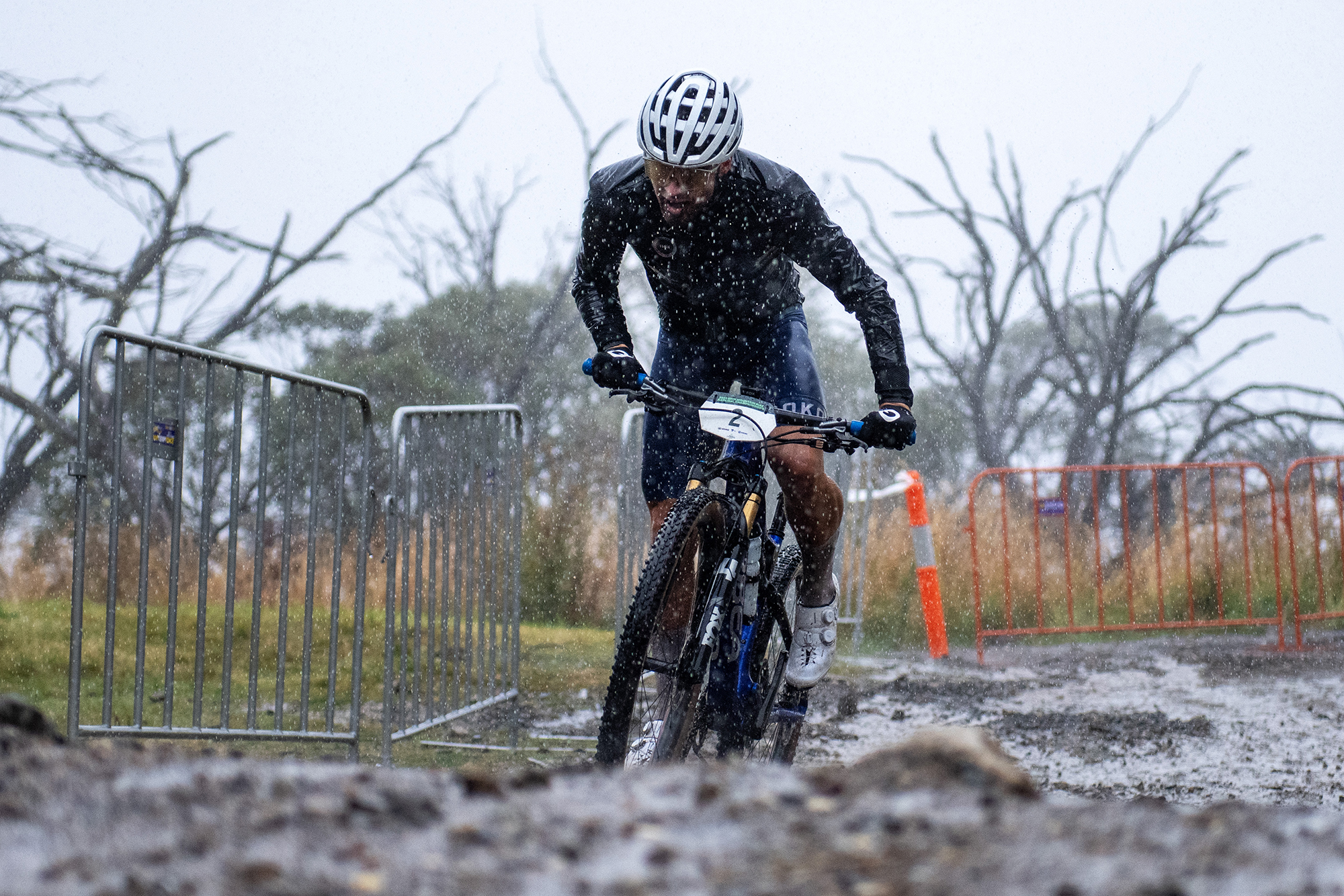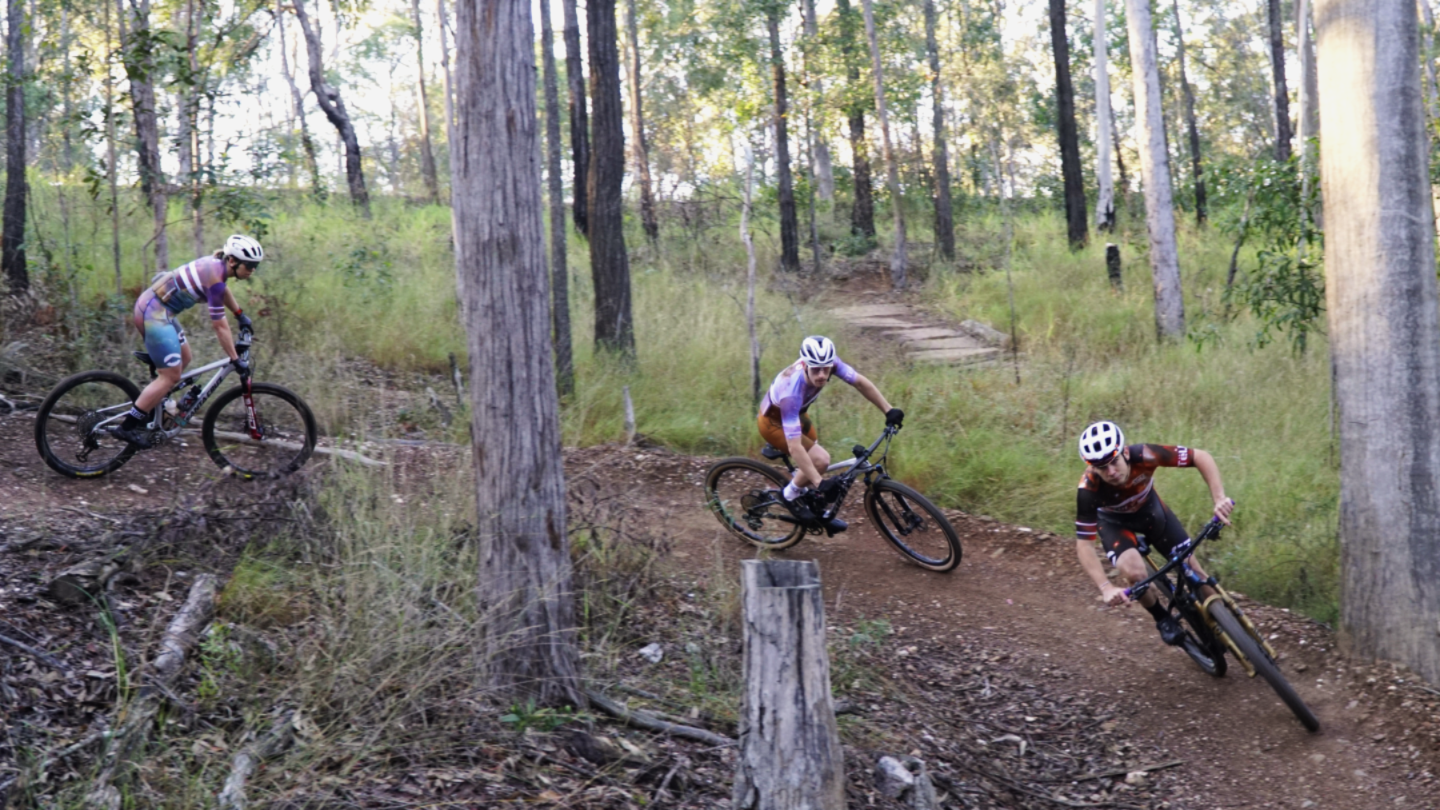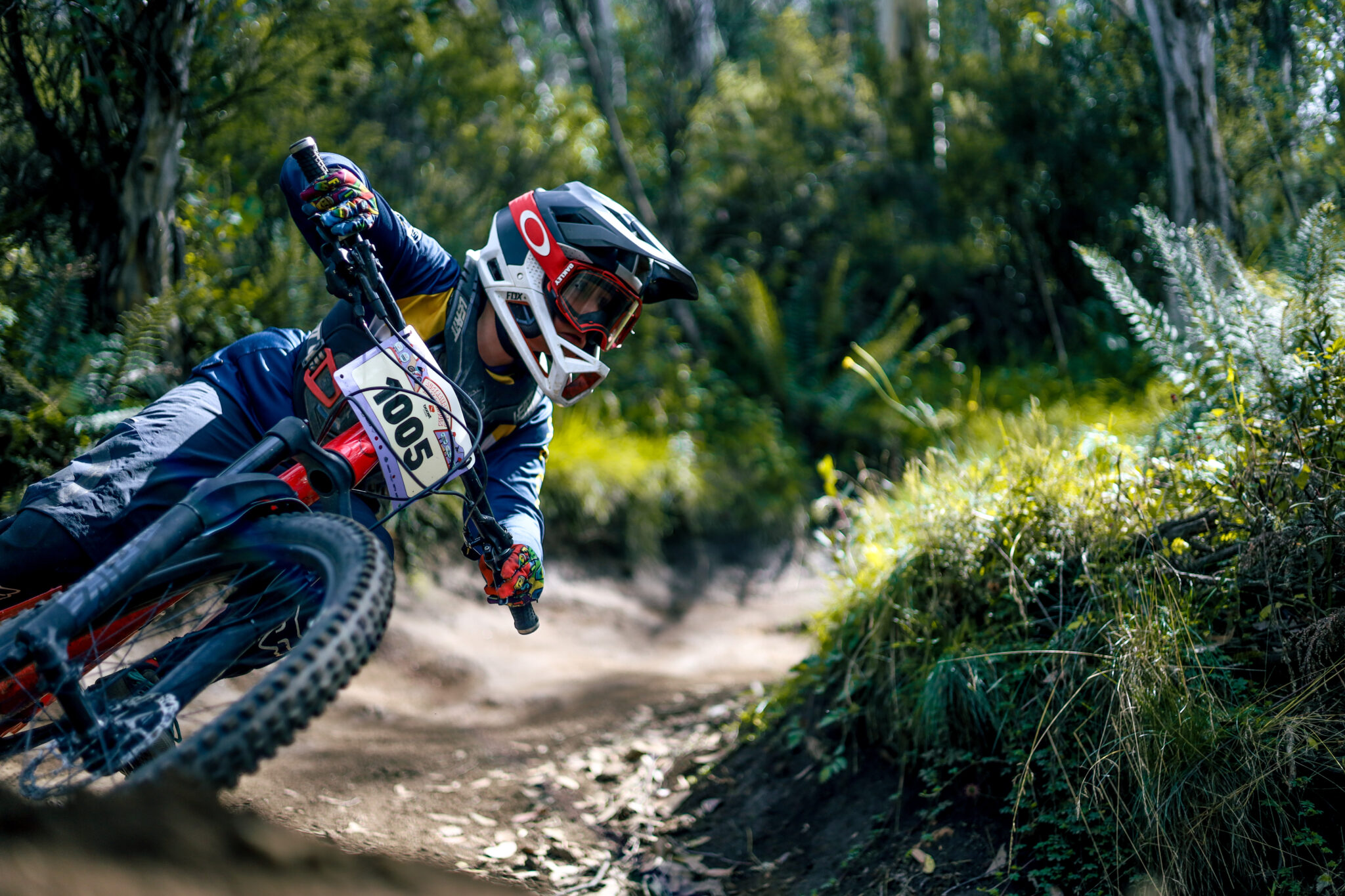Stage Racing - How to prepare for multi-day events
Stage racing is a great way to get away for an adventure but they do require preparation to get the most out of them.
Words: Mark Fenner
One of the biggest barriers to signing up to compete in a stage race is the fear of not being fit enough to complete each day. Here’s a start on making the structure to prepare for your first stage race.
Get the fundamentals right
Completing multi day/stage events require a very good level of aerobic condition with the ability to recover from each stage ready for the next day. So you need to be able to complete back to back days of training. Correct periodisation is required to bring you into the event frothing in peak condition and ready to go. This is an outline of the structure you need to put it all together with a guide to the sorts of workouts needed in each period.

Periodisation
Very often the excitement of entering the event means a flying start to training when the motivation is high, but, if this happens 6 or 7 months from the event it becomes a very long time to keep that focus and motivation on track. I have found that the block of training leading into a target event should be no longer than 5 months. Any longer than this and motivation can dwindle and the best laid plans crumble. Each block of training needs a purpose a specific goal or outcome to achieve. With a little change to the basic methodology of periodisation your 5 months of training might look a little like this;
Foundation Period: 2 weeks
This period consists of lower intensity aerobic conditioning with 3-6 days of riding each week. Try to just get out and ride and have some fun. The emphasis here is to make sure your body is ready to jump into structured training and that connective tissue, muscles and general body fitness is good to go. This is the time to make sure your bike fit and position is set up correctly and to check out all the potential areas to train that best replicate the sorts of terrain you will be competing over.
Base Period: 8-10 weeks
The base period is really where the foundations of the aerobic condition are developed. With the foundation block complete and the bike position sorted you should be ready to start some strength endurance (SE) work during this phase. SE is a vital component in MTB preparation for events. It consists of low cadence efforts between 50 – 60 rpm both seated and standing. I like to prescribe SE with increasing intensity and duration through this period. I might start with 2 workouts a week building to 3. These workouts will consist of 4 – 8 x 5 minute tempo SE efforts (see table for zone description) Over the course of the Base period I will also increase the intensity and duration of these intervals and push up into the threshold intensity. These SE efforts build specific on the bike strength and recruit a large muscle mass in the exact movement pattern. Along with the SE work I would include a progressively longer endurance ride on the MTB each weekend and a recovery day or rest days. This would mean 3 or 4 main workouts a week and the rest either easy endurance, recovery or rest days.
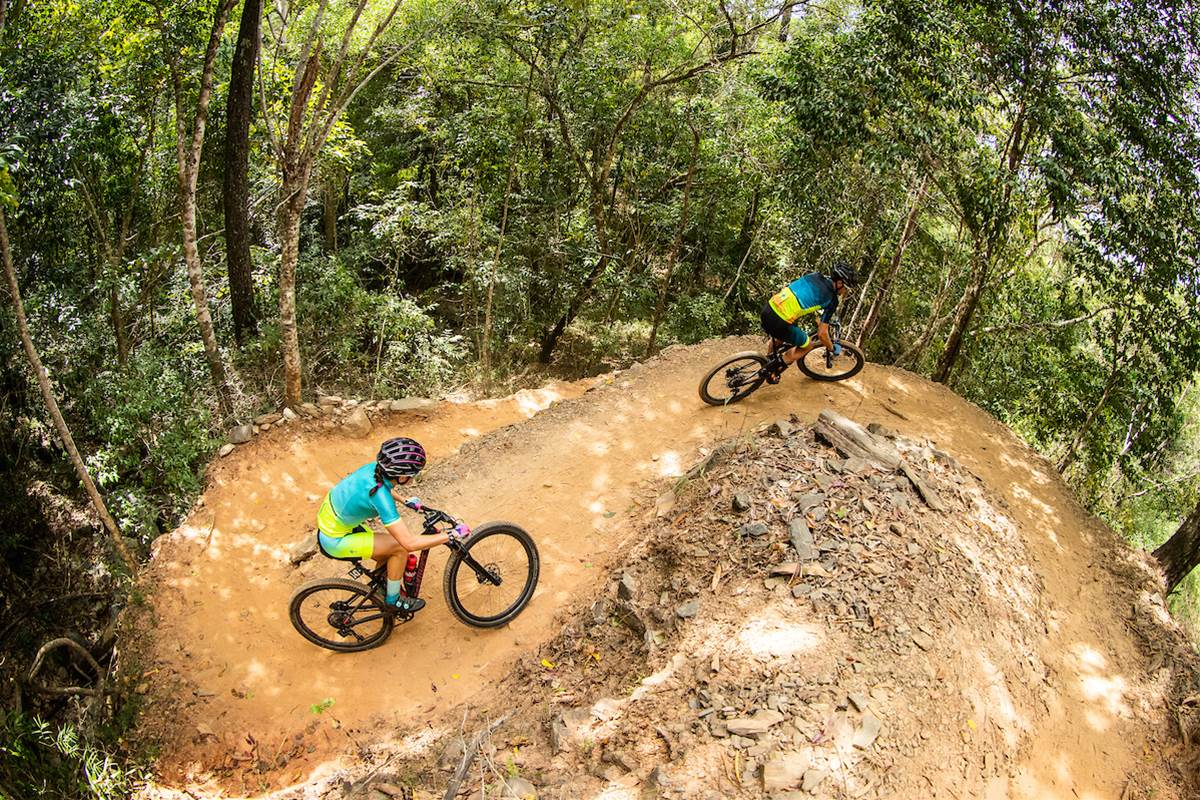
Build Period: 3-4 weeks
The build period is exactly that as it’s the block of training that builds upon the foundational aerobic condition that have been build before it. During this phase we are looking to push into higher intensity workouts, but, keep the longer duration rides at the weekends. In this short-focused block, I would start prescribing VO2 interval work. This intensity is above threshold and is usually completed in intervals of between 3-5 minutes with 4-6 repeated efforts with equal duration recovery between. I really like to push in this build block and would have 2 x VO2 workouts a week possibly on a Tuesday and Thursday with a recovery day in between. Build the duration and number of intervals through the block aiming to complete around 25 – 30 minutes of work at VO2 intensity in a workout by the end of the 3 to 4 weeks. At the weekends complete either a very spirited group ride on a Saturday or get out to the hills on the MTB and get some quality climbing in. Sundays would still be the endurance MTB day and you can start to increase this duration each week.
Peak with Reverse Periodization Block: 3-4 weeks
Now this is where I would change things up a little, especially if you are time poor and you have been having difficulty getting in longer rides at the weekend or getting in back to back training days. In the usual training methodology this block of training would consist of higher intensity work with anaerobic intervals simulating race attacks and efforts. As most multi day events are more about the long haul, for many the ability to keep repeating huge attacks and punch over climbs fighting for the win is not the limiting factor to success. What is a limiting factor is being able to complete each day, recover and do it all again the next day. By now you will have established a very solid level of condition which will enable you to get some longer back to back days in the saddle. These workouts will test both the physical and mental aspect of what you have set out to do and give you the confidence to do it.
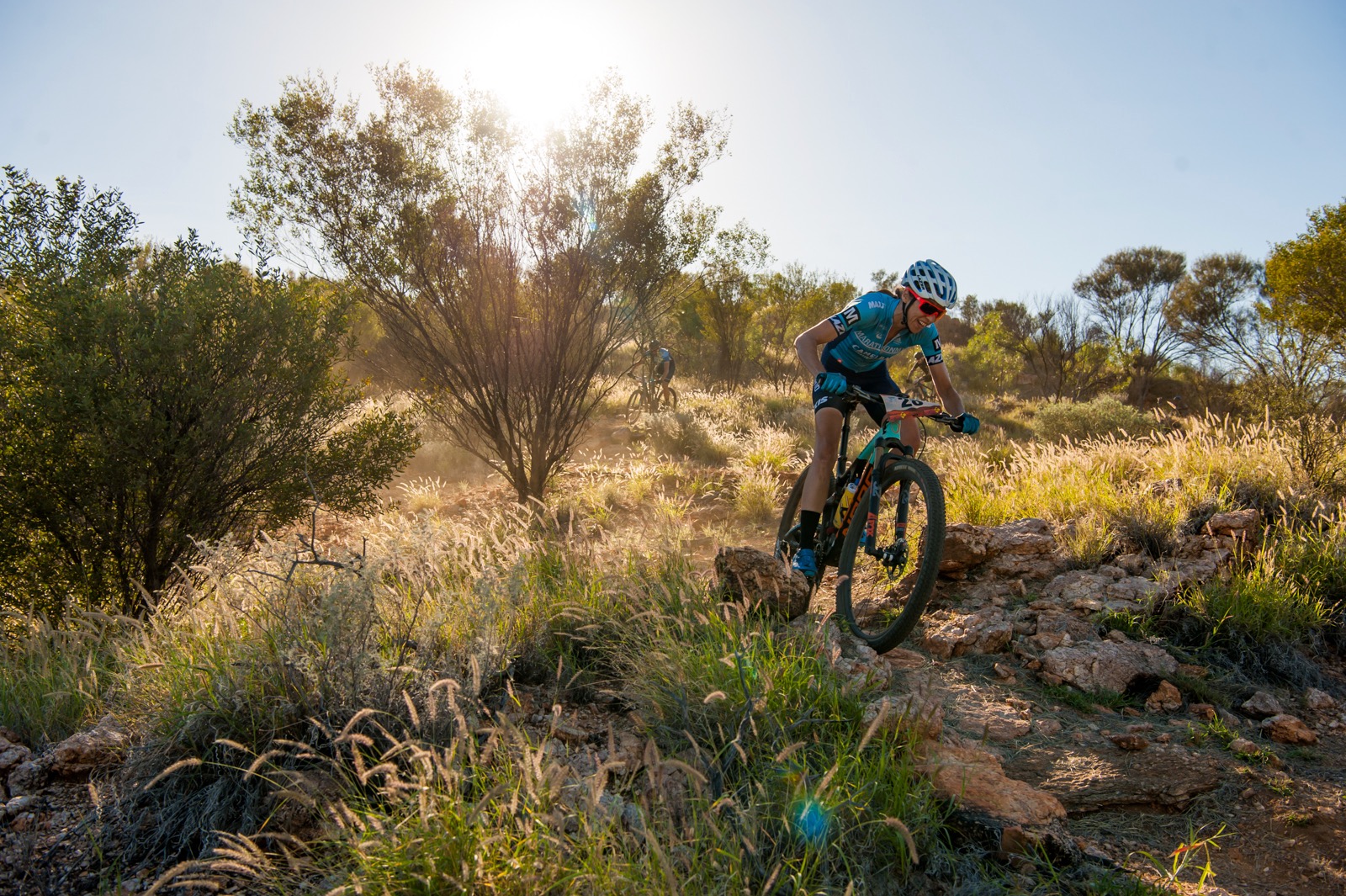
If right from the very start of the program you have planned for one or two longer weekends of riding 3 to 4 weeks out from the target event it is much easier to make it happen. This might be a Friday off work or if you’re lucky a long weekend. During these long weekends of 3 or 4 days you can fit in the specific back to back hard days of training that will prepare you for the multi day event. I like to structure rides covering distances and terrain similar terrain to the event. If this is The Pioneer in NZ for instance each stage will be around 100km long with 2000+ vertical meters of climbing. Finding areas to ride and train like this can be very difficult, but, with planning it is possible to take the family away to the mountains for the weekend for instance and get the training in each morning. These weekends really bring everything together, if you’re competing in a pairs event get together with your partner to complete them. Work on your pacing, strengths and weaknesses as a pair.
Race and Taper: 2 weeks
You are now just 2 weeks from the start of the event and its time to start reducing the load and freshen up. The taper is the time when the body fully adapts to the stress it has been placed under in the weeks/months before. The longer and harder the event the fresher you can come into it at the start. For an event like The Pioneer I would look to reduce load to around 80 – 85% of your biggest weeks duration 2 weeks from the event. Keep some intensity in there, but, again make it specific intensity that replicates the demands of the event again. The key is to not place any stress that is going to leave long term residual fatigue lasting days. In the final week bring load down to around 65-70% again with some intensity, but, completed in shorter efforts. This final week is very important as you need to keep the intensity there to make sure the body is ready for the start of the event.
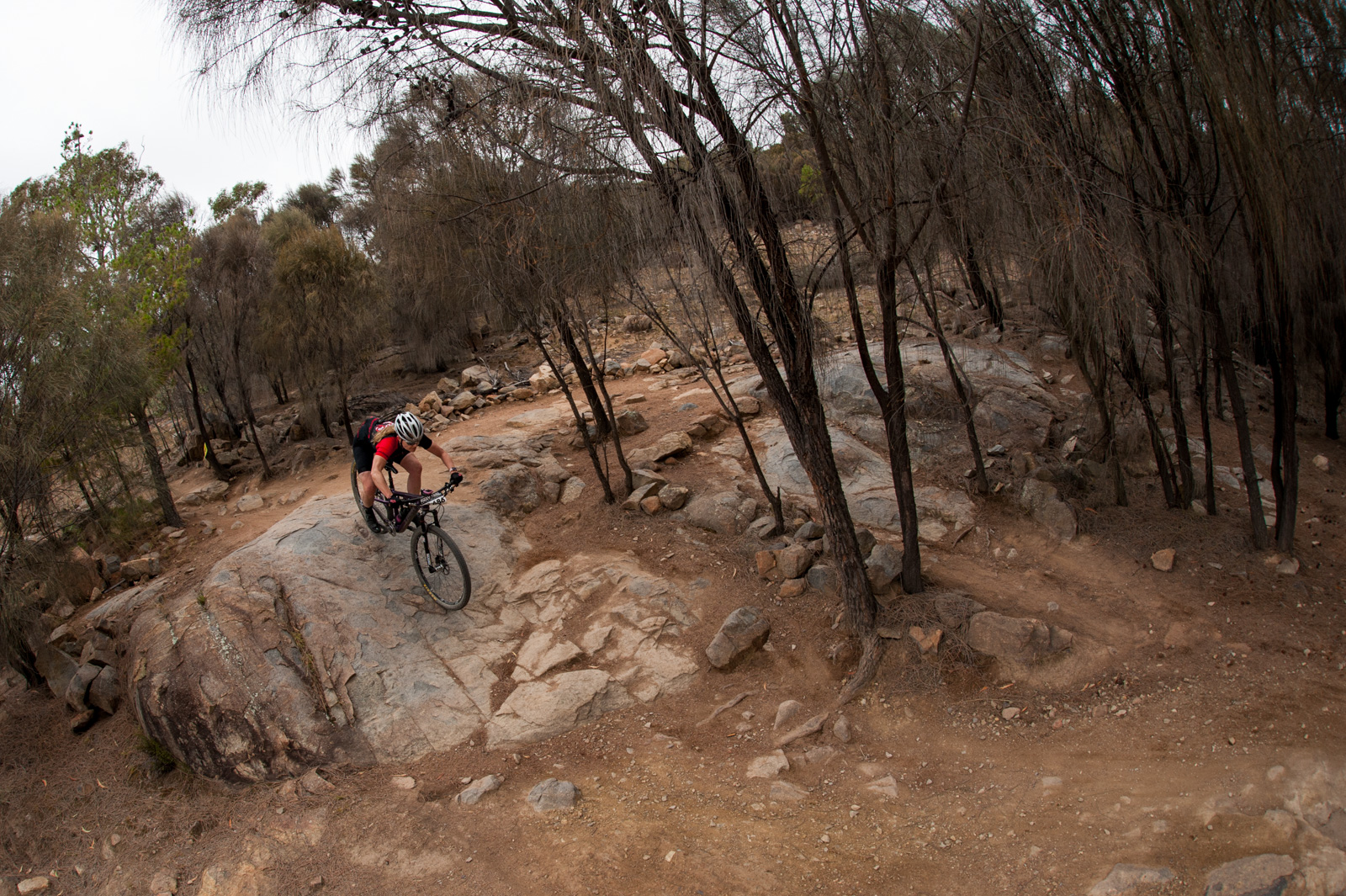
Recovery weeks
Throughout each of the training blocks you should include enough recovery to allow the body to absorb the load, rebuild and adapt. A classic method for this would be 3 weeks of building load and then a recovery week. In the recovery week I would look to take the 2-3 days very easy or off the bike and then resume training at the weekend with longer endurance rides. Don’t be afraid to take time off the bike in these weeks as it is vitally important to the long-term success of the program.
Specificity
Make sure that the workouts you are completing in training replicate the demands of the event you are undertaking. Check course profiles and design workouts to prepare you for the specific demands of the stages. For those living in the city this can be a very difficult thing to achieve and therefore you will need to improvise. The stationary trainer or ergo is the way forward to maximise the time you have available and hit the specifics of each workout. The new range of Smart Trainers on the market are the way to go, link these to Swift and the monotony of sitting at home in the garage on the trainer is gone. By raising the front wheel so the bike is set at 6-10% you will be able to get the time in the correct position for climbing using the right muscle groups.
Still keeping fun aspect with social rides
Another thing to consider is the social aspect of your riding during a specific training block. So many of us love to train, but, we also love to go out and ride with our mates. If you stop this all together to focus on your structured training, you can suddenly find yourself losing the drive and the passion to get out and nail the workouts. A morning bunch ride before work or getting your mates together for the weekend rides can keep this side of your riding covered and allow you to really commit to the specific workouts you will need to complete to be ready for the event.
Training zone structure
|
RPE |
BPM % At Threshold |
Watts % At Threshold |
Effort |
Zone |
|
1 – 2 |
< 64% |
< 65% |
Easy |
Recovery |
|
3 |
65 – 84% |
66 – 80% |
Moderate |
Endurance |
|
4 – 5 |
85 – 91% |
81 – 90% |
Moderate |
Tempo |
|
6 – 7 |
92 – 99% |
91 – 104% |
Moderate/Hard |
Threshold |
|
8 – 9 |
100 – 105% |
105 – 120% |
Hard |
VO2 |
|
10 |
> 106% |
> 121% |
Maximal |
Anaerobic |
